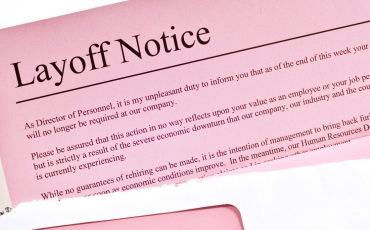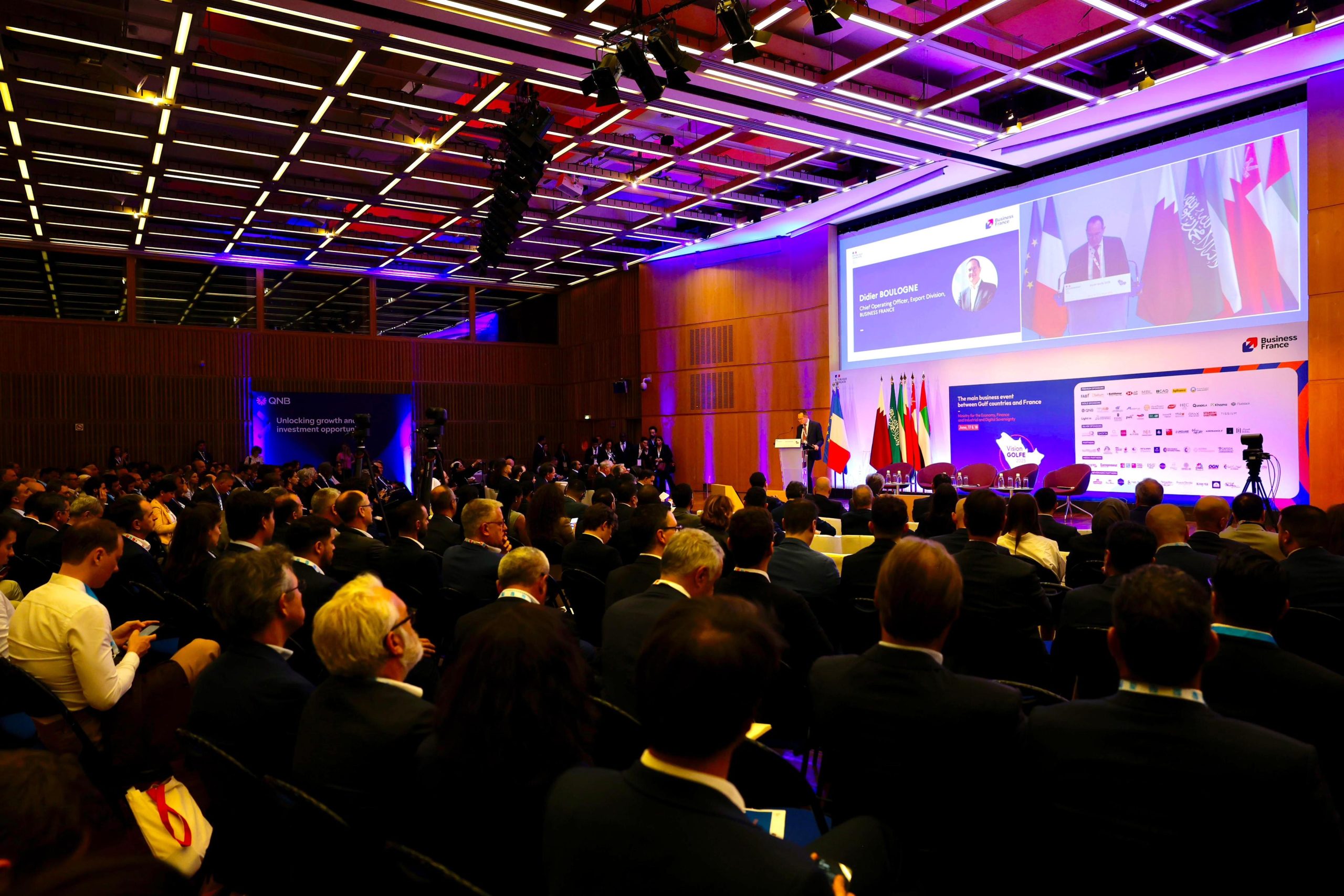[ad_1]
In a world characterized by the relentless march of technology and the ever-evolving landscape of work, there exists a profound and pressing mission: the attainment of genuine gender equality. Picture, if you will, the story of Jerame Davis, a man who, back in 1999, faced the harsh reality of being fired for simply being queer.
Today, he serves as the executive director for Pride at Work, advocating for LGBTQ+ union members’ rights. But, previously, he lived in Indiana, a state where it was perfectly legal to dismiss anyone based on their real or perceived sexual orientation. As Davis recalls, “We had absolutely no protections on the state or federal level.” While the city of Bloomington, where he resided, had an ordinance against sexual orientation discrimination, it had no enforceability due to state law superseding local law.
Now, imagine if the Equal Rights Amendment (ERA) had been in force during that tumultuous time. It’s arguable that Davis would have had a solid discrimination case to bring to court against his employer. “Without that protection, no lawyer would take our case and no social justice organization—except one—would take up our cause,” Davis explains. Faced with this daunting reality, Davis and his fellow male employees who were fired embarked on a courageous campaign to battle their employer in the court of public opinion. With the support of Pride at Work and its union family, they organized rallies, pickets, press conferences, and engaged with news outlets around the world.
When the dust finally settled, they didn’t manage to reclaim their jobs, but they did secure a modest financial settlement from the employer. “They had no obligation to settle, and the campaign took a toll on us all,” Davis admits. Each had to then relocate to find employment, and they invested countless resources, both personal and financial, to print flyers, purchase sign-making materials, and undertake the myriad of tasks required for such an arduous campaign.
“No one should have to ever do that again,” Davis passionately asserts, explaining why he has since dedicated his life to fighting for justice. The incident that made him an activist revealed the dire need for legal safeguards. With the ERA in place, such blatant discrimination could be far more easily remedied through the courts.
Davis’s story is not an isolated case. Studies consistently reveal that members of the LGBTQIA+ community continue to grapple with discrimination in the workplace. A 2021 study, “LGBT People’s Experiences of Workplace Discrimination and Harassment,” conducted by the Williams Institute at the University of California, Los Angeles, School of Law, paints a disheartening picture: 46 percent of LGBTQ workers reported experiencing unfair treatment in their careers due to their sexual orientation or gender identity.
Christy Mallory, who contributed to this study and continues to research this subject, notes that despite advances in employment non-discrimination laws and growing protections, LGBTQ people still endure discrimination in the workplace. Over 30 percent have experienced some form of discrimination or harassment within the past five years.
Moreover, the study uncovers disparities within the LGBTQ community. LGBTQ employees of color and transgender individuals often face higher rates of discrimination and harassment than their white and LGBTQ counterparts. Being “out” in the workplace also makes a significant difference, with those who are open about their LGBTQ identity more likely to report experiencing discrimination and harassment.
Recent data from the Household Pulse Survey (HPS), spanning from July 2021 to April 2022, also reveals a significant gap in employment income loss between LGBTQ individuals and their non-LGBTQ counterparts. During this period, LGBTQ individuals were more likely to report that either they or someone in their household had experienced a loss of employment income in the past four weeks. Specifically, 21 percent of LGBTQ respondents acknowledged facing such financial challenges, compared to 15 percent among non-LGBTQ individuals.
These disparities are even more pronounced when considering LGBTQ respondents of color, with 26 percent reporting income loss, and transgender respondents, where a notable 29 percent faced similar challenges. What is particularly noteworthy is that this trend has persisted over the past year, highlighting the unique economic hurdles faced by these communities.
Davis firmly believes that the ERA would substantially bolster cases involving transgender and non-binary individuals. “Discrimination against them is inherently gender-based, and the ERA would equip courts with the authority to scrutinize such cases with the highest level of legal scrutiny. Discrimination would remain legal only if a compelling state interest could be demonstrated.”
In the pursuit of workplace equality, it’s not just the overt discrimination that warrants our attention; it’s also the insidious, subtle biases that affect marginalized groups, especially LGBTQI+ individuals. Discrimination is not always glaring; it can be covert, masked by stereotypes, and perpetuated by the absence of concrete evidence.
“We haven’t necessarily studied all forms of discrimination in a systematic way. But through the story gathering we did in conjunction with the survey, various instances of discrimination emerged. These included individuals being misgendered, experiencing slurs associated with LGBTQ status, or hearing such slurs used in the workplace, even if not directed at them personally,” Mallory added.
Discussing these subtle forms of discrimination is crucial because they perpetuate systemic biases, particularly concerning gender identity and sexual orientation. They can manifest as biased decision-making in hiring, promotions, or day-to-day interactions. Without a clear legal framework like the ERA to address these covert forms of discrimination, marginalized groups continue to navigate a workplace landscape tainted by prejudice and stereotypes.
Marginalized voices often bear the brunt of this concealed discrimination, facing hurdles that are less visible but equally detrimental. For LGBTQI+ individuals, the workplace can be a breeding ground for microaggressions and implicit biases. It leads to an uncomfortable environment for LGBTQ individuals and impacts their ability to perform well at work.
The ERA’s potential to reshape legal interpretations is not limited to overt discrimination; it extends to tackling these more elusive biases that silently erode workplace equality. By shedding light on these concealed injustices, it is possible to take a step closer to realizing a future where every individual, regardless of their gender identity or sexual orientation, can thrive in a workplace free from discrimination, both blatant and subtle. The ERA can also be a crucial milestone in addressing issues such as the gender pay gap and the representation of women and LGBTQIA+ individuals in leadership positions.
As Davis puts it, “Having a constitutional underpinning for gender equality protections will be pivotal.” While progress is being made, the ERA could supercharge the movement, making it unequivocally clear that gender equality is the law of the land. The current reliance on an inconsistent patchwork of laws and a politically influenced court system to expand gender-based rights is less than ideal. The ERA’s ratification would reshape this system, providing a clearer path to equality.
Congresswoman Ayanna Pressley, Co-Chair of the Equal Rights Amendment (ERA) Caucus, has been a fervent advocate for the ERA’s ratification. In July 2023, she led her colleagues in filing a “discharge petition” aimed at compelling the House to vote on H.J. Res. 25, a joint resolution to affirm the ERA’s ratification and enshrine it as the 28th Amendment. Under House rules, if a discharge petition garners the signatures of 218 House members, it must be brought before the full chamber for a vote, regardless of any objections or attempts by GOP leadership to block the legislation from being considered.
“Nearly 100 years since the Equal Rights Amendment was first introduced, our broad, diverse, and intersectional movement is using every tool available to get the ERA over the finish line and enshrine gender equality into our Constitution,” declares Rep. Pressley. “Our Republican colleagues have the opportunity, once again, to stand on the right side of history and support the dignity, humanity, and equality of every person who calls America home. They must meet the moment.”
About the author: Sheetal Banchariya is a fellow in the Sy Syms Journalistic Excellence Program* at Women’s eNews, funded by the Sy Syms Foundation. The Sy Syms Journalistic Excellence Program at Women’s eNews fellowship supports editorial and development opportunities for editorial interns in the pursuit of journalistic excellence.
The Sy Syms Journalistic Excellence Program:
The Sy Syms Journalistic Excellence program at Women’s eNews was launched in 2014 with support from the Sy Syms Foundation. The fellowship provides support and development opportunities for editorial interns in the pursuit of journalistic excellence.
“For a democracy to flourish all voices must be heard.” says Marcy Syms, a founding Trustee and President of the Sy Syms Foundation. “Through its investigative reporting Women’s eNews gets at the essence of good journalism. The Sy Syms Foundation is proud of this collaboration to support today’s newest women journalists.”
As part of its mission to create social change for women and girls through investigative reporting, Women’s eNews helps foster, train, and support the career development of new journalists with a focus on social justice and women’s rights.
[ad_2]









